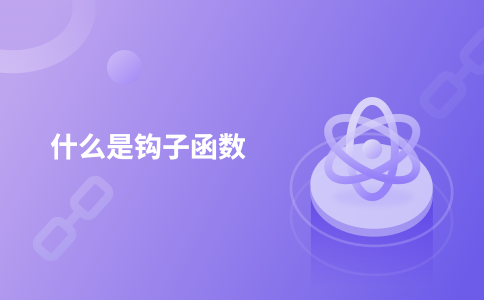The editor of Downcodes will take you to understand Hook Functions! Hook functions are a powerful programming technique that allow developers to insert custom code before or after specific events occur, thereby achieving personalized control over system or application behavior. It is widely used in web development, desktop applications and operating systems, giving developers more granular control and the possibility of extended functionality. This article will delve into the basic concepts, historical evolution, characteristics, functions, implementation methods and limitations of hook functions, and answer some common questions in the form of FAQs to help you better understand and apply this important programming technology.
Hook Functions are a programming concept used to execute custom code when a specific event occurs. It allows developers to insert custom code before or after specific events occur to achieve personalized control of system behavior. Hook functions have a wide range of applications in web development, desktop applications, and operating systems.
Hook functions are a common programming technique used in software development to intercept or change the behavior of a system or application. It allows developers to insert custom code before or after specific events occur to achieve personalized control of system behavior. Hook functions have a wide range of applications in web development, desktop applications, and operating systems.
The concept of hook functions first appeared in the field of operating systems and is used to notify applications when specific system events occur. With the development of software development, the application of hook functions has gradually expanded to various fields, becoming an important means to enhance the customizability of programs.

FAQ:
Q: What is a hook function? Answer: A hook function is a function that is called when a specific event or condition occurs. It is often used to customize and extend the behavior of software or systems. In programming, hook functions allow developers to insert custom code at specific points in program execution to respond to or modify the behavior of the system or application. The concept of hook functions is widely used in the development of operating systems, frameworks, and applications. Q: What are the common application scenarios of hook functions? Answer: Hook functions are widely used in various software development scenarios, including graphical user interface (GUI) programming, operating systems, web development, and the development of frameworks and libraries. In these scenarios, hook functions are used to process window messages, mouse events, keyboard events, monitor system events, intercept input and output, handle page life cycle events, etc., to achieve customization, interaction, and extended functions. Q: How to implement hook function? Answer: The way to implement the hook function depends on the specific programming language and application scenario. In some languages and frameworks, hook function interfaces have been provided, and developers only need to write corresponding hook functions according to their needs. In other cases, developers may need to use event listening, callback functions, etc. to implement custom hook functions. The key is to understand the event flow of the system or framework, select appropriate hook points, and write corresponding processing logic.I hope the explanation by the editor of Downcodes can help you better understand the hook function. In practical applications, please be sure to pay attention to security and compatibility issues between different platforms.